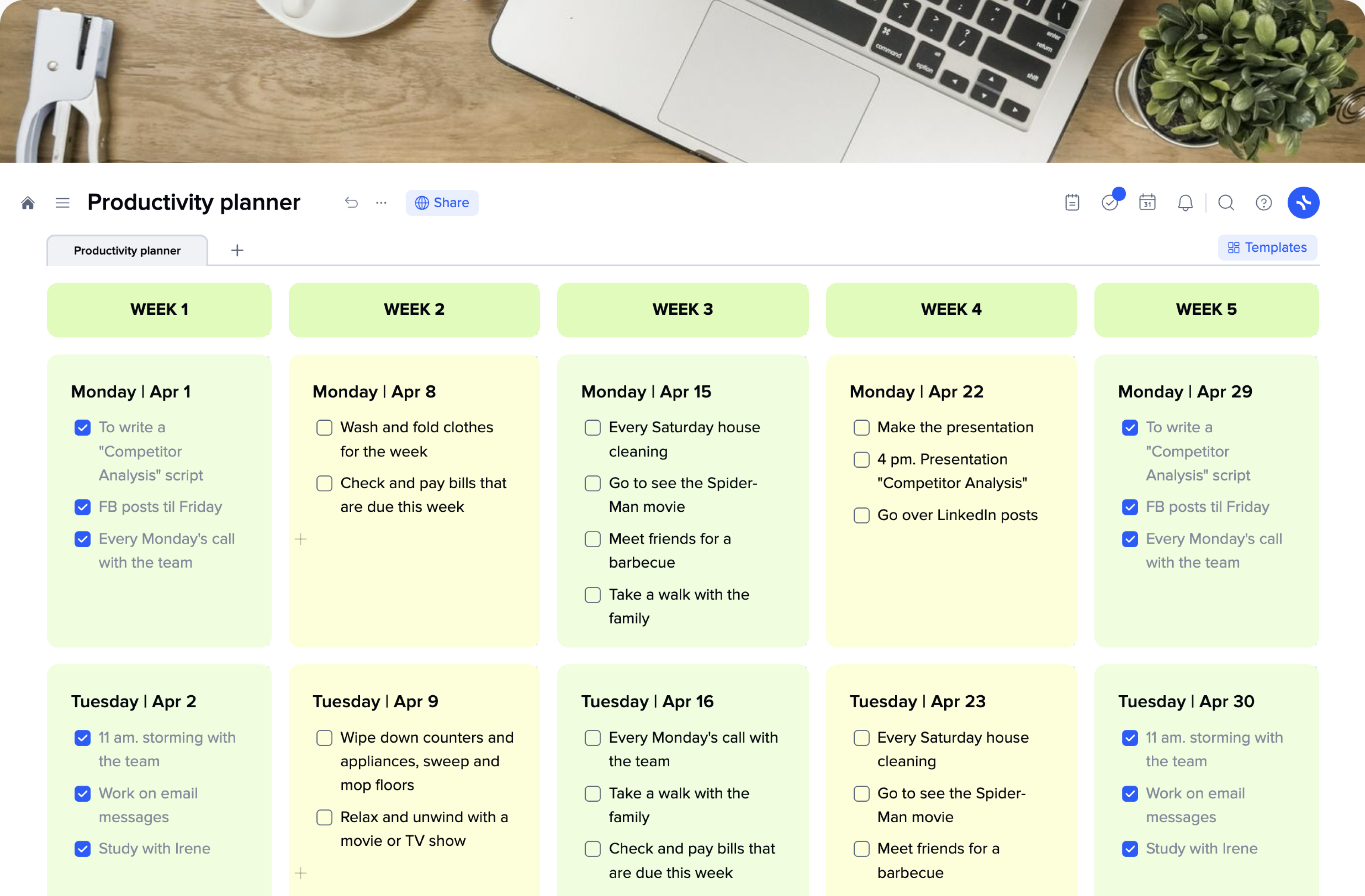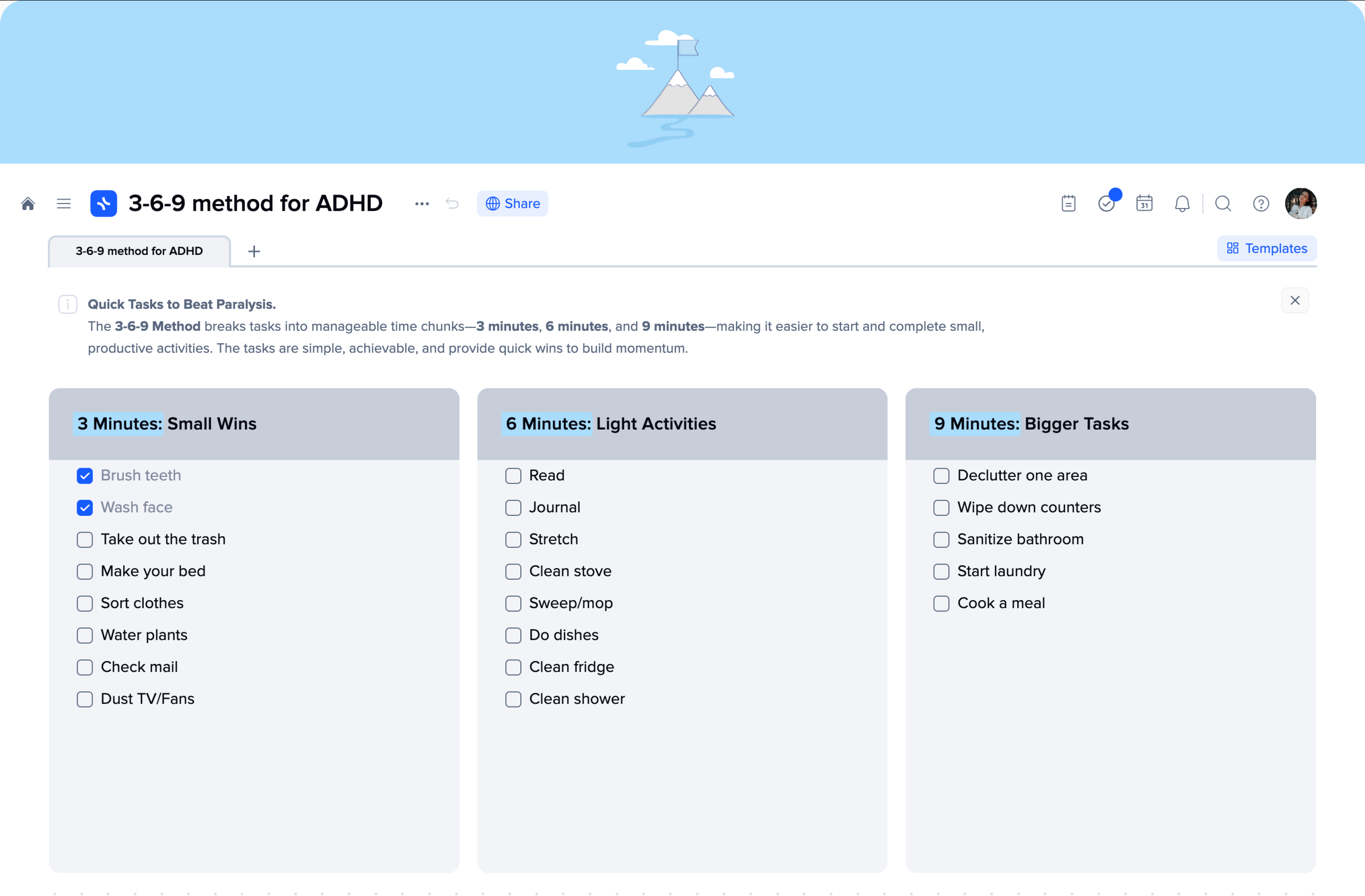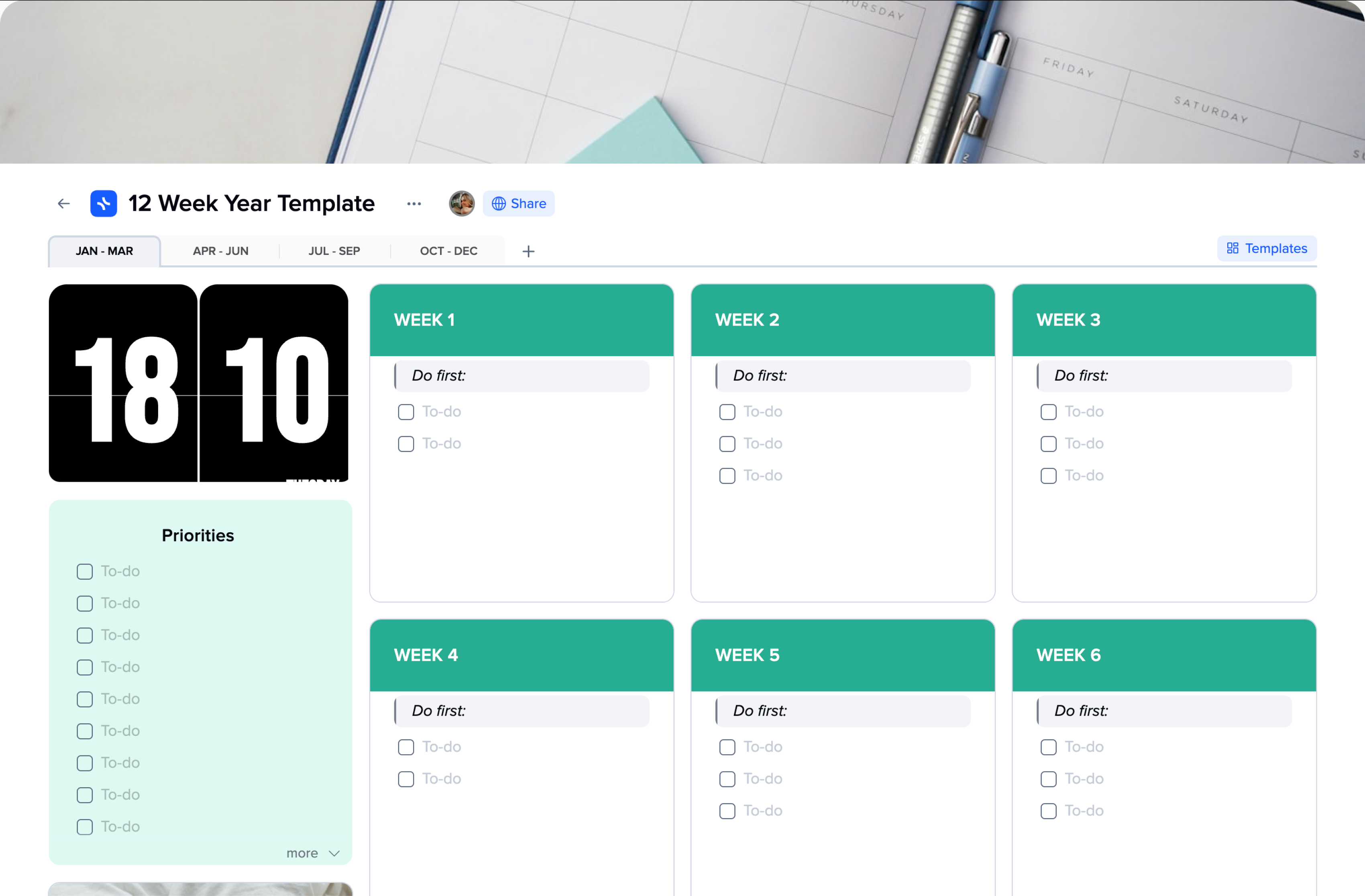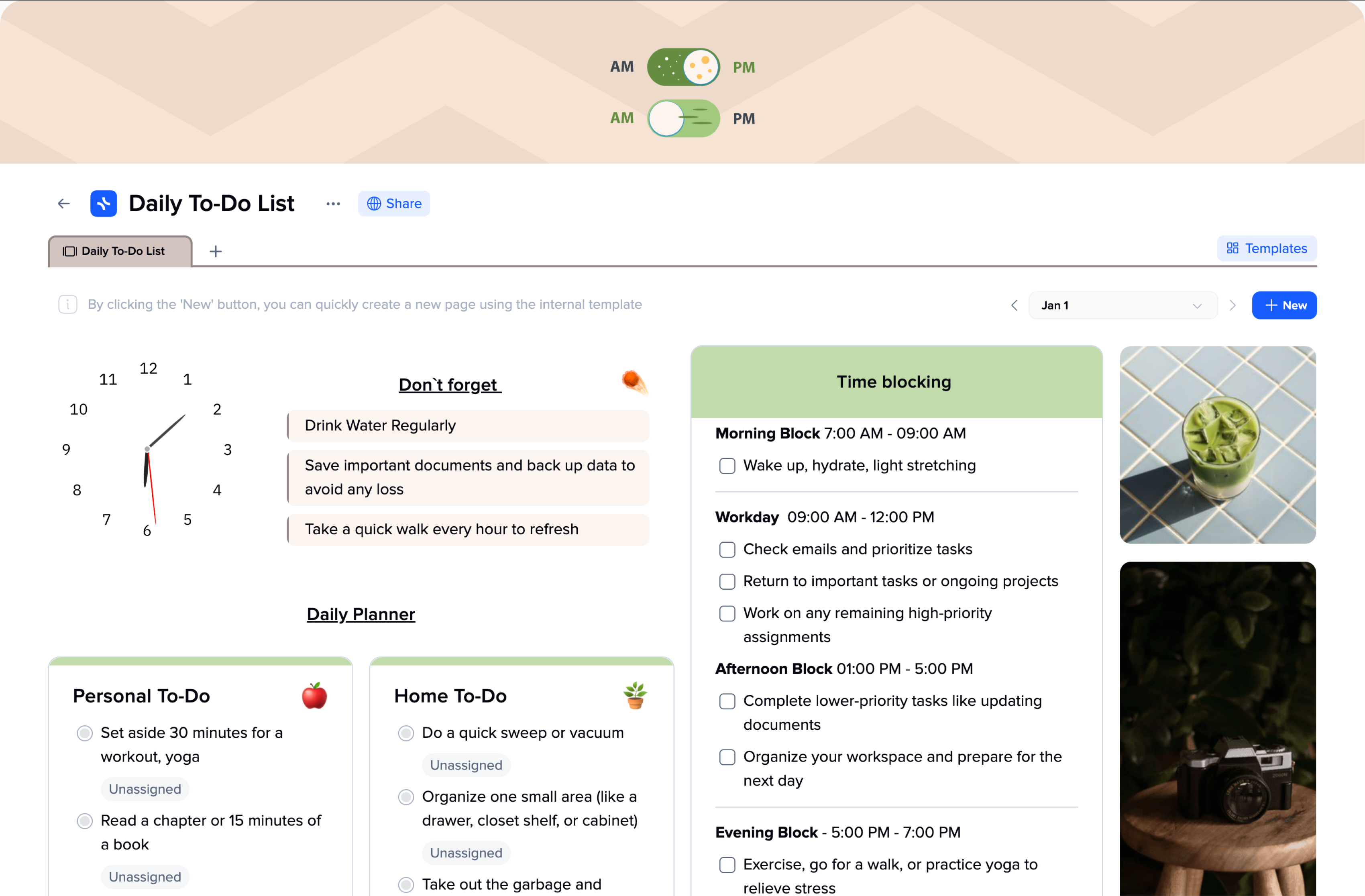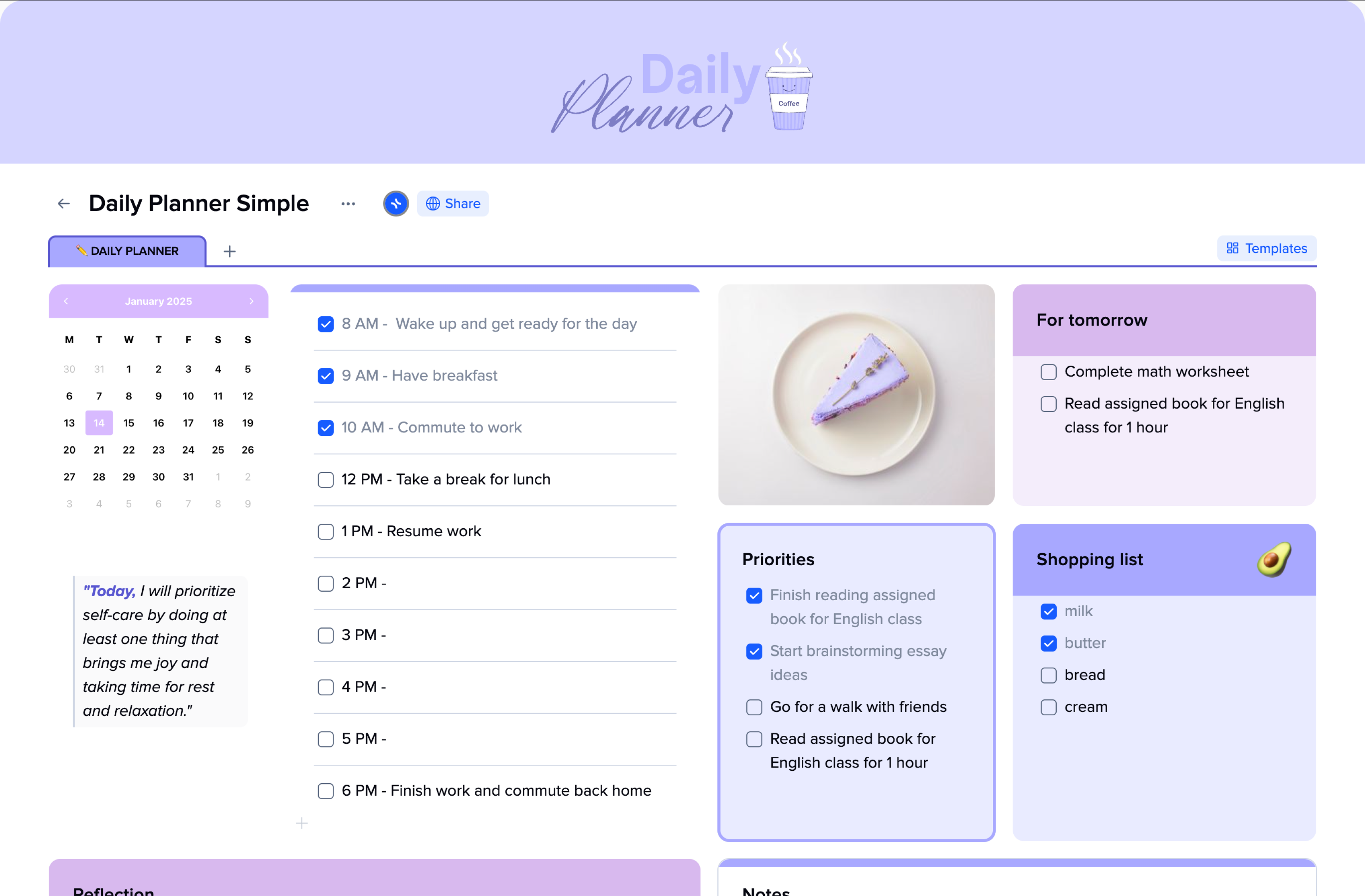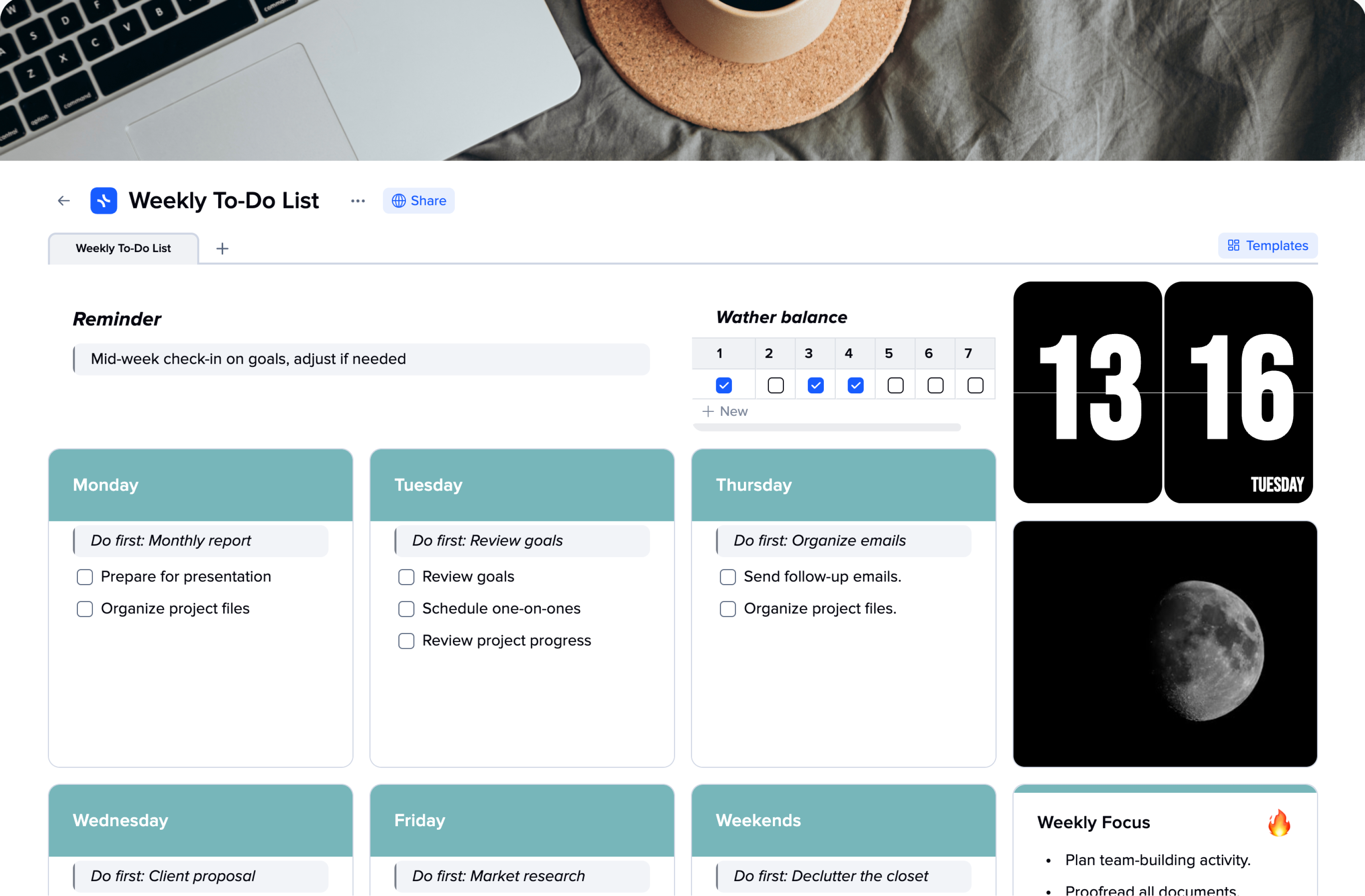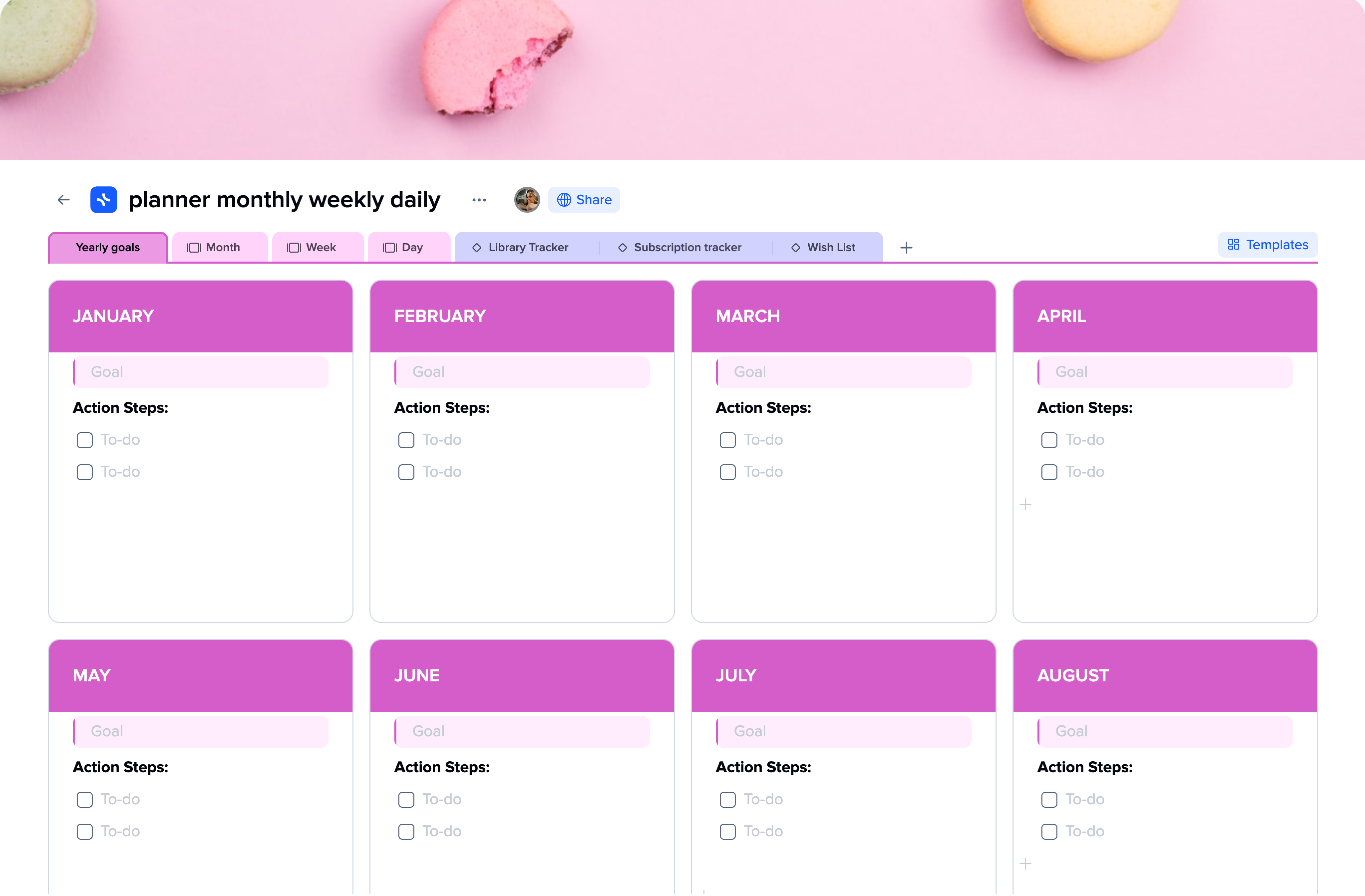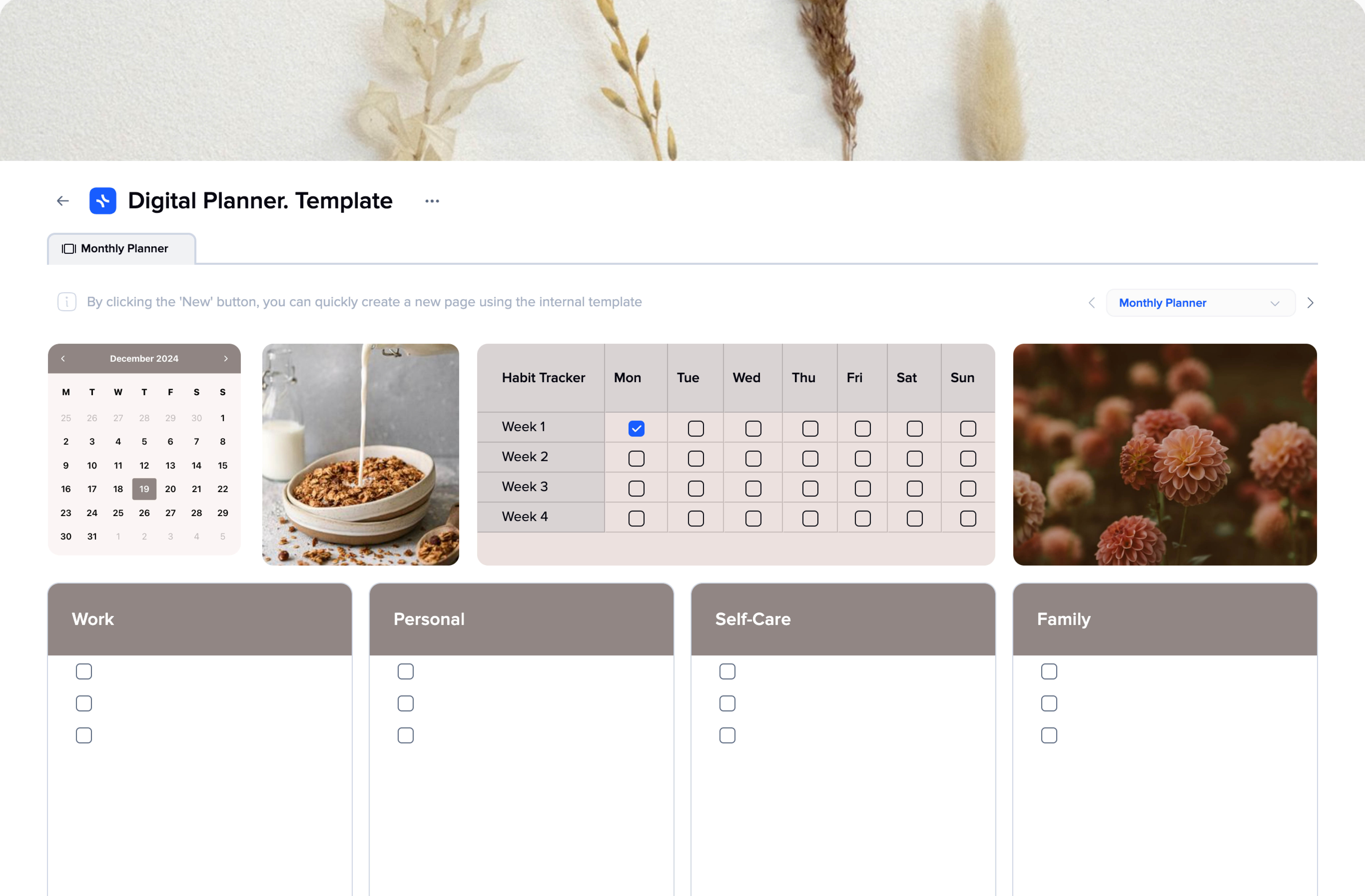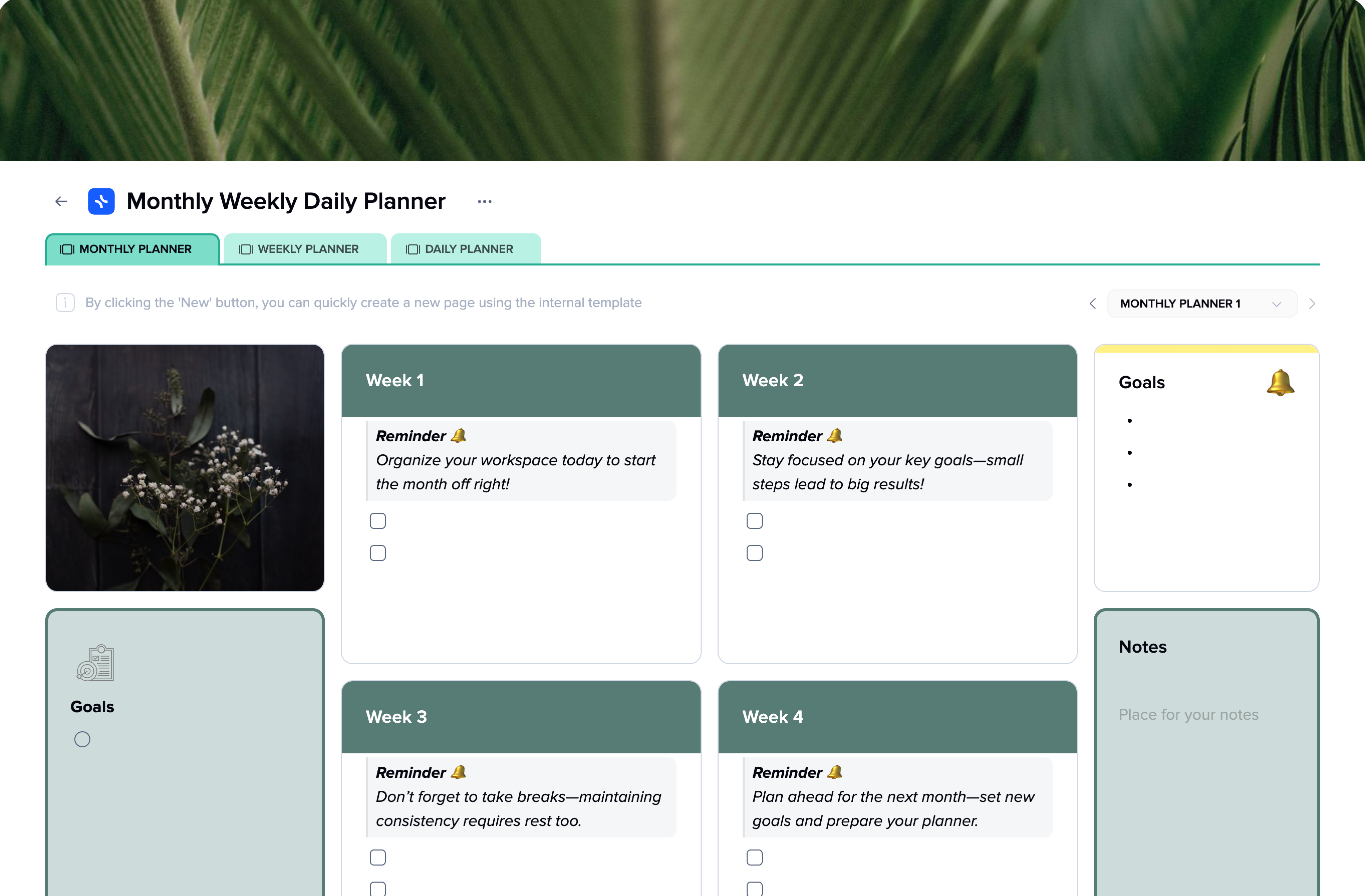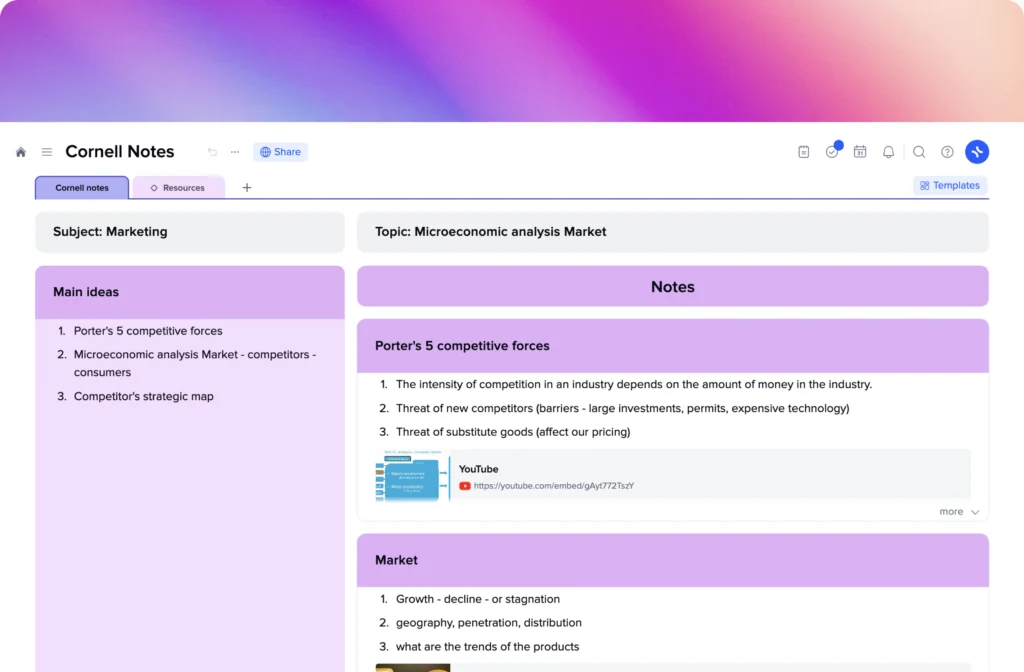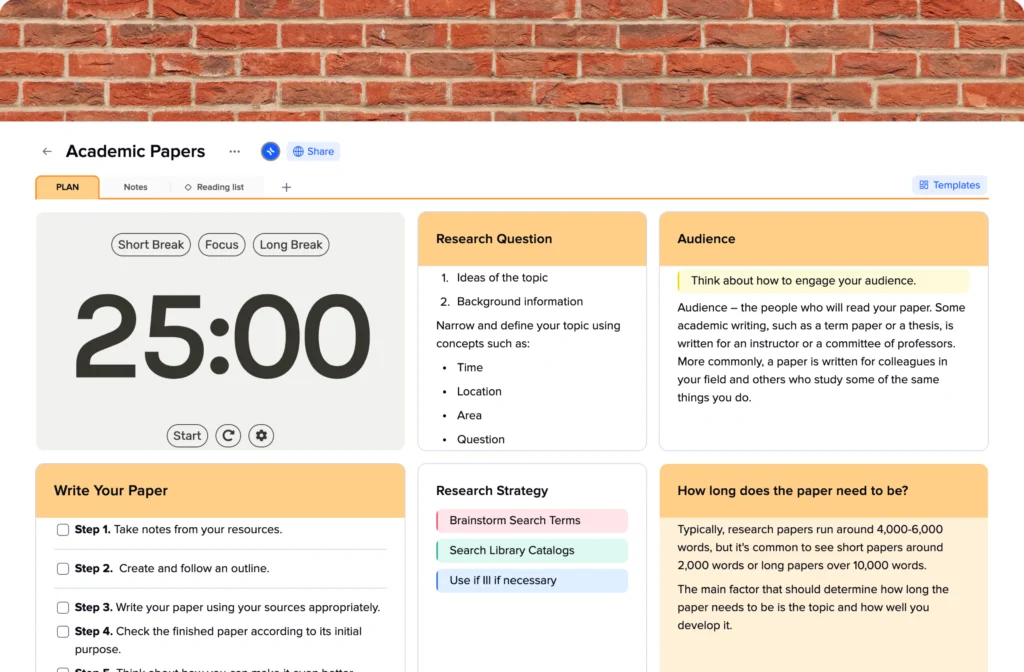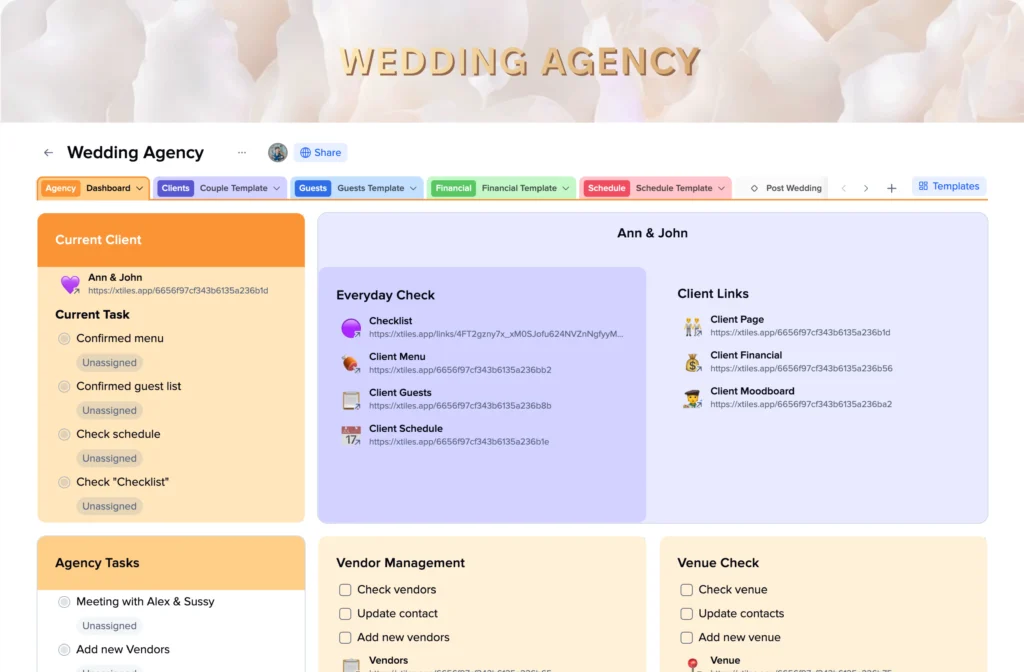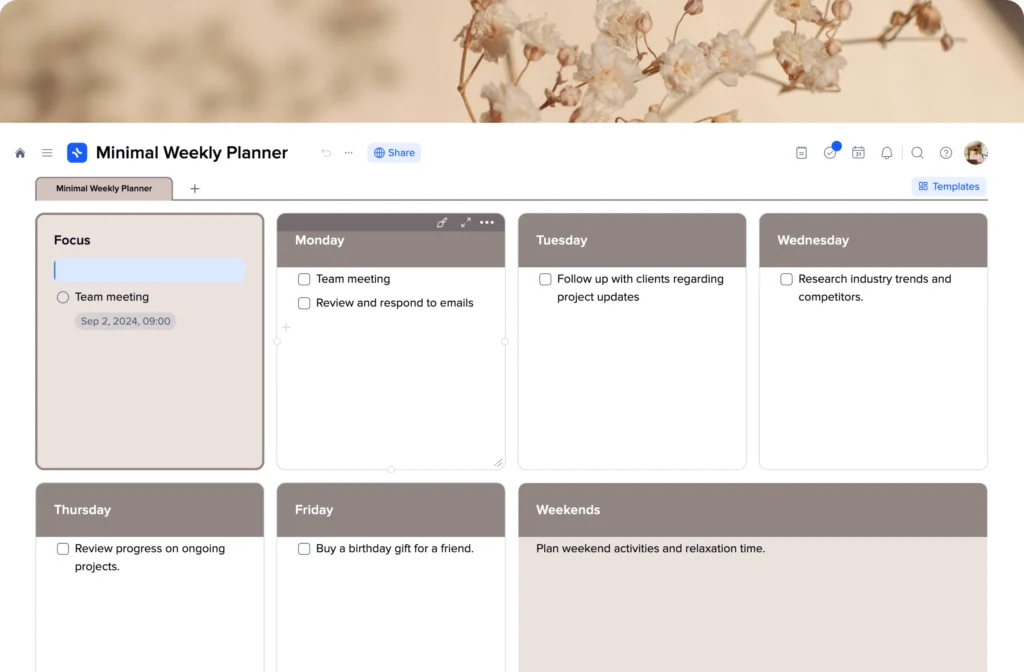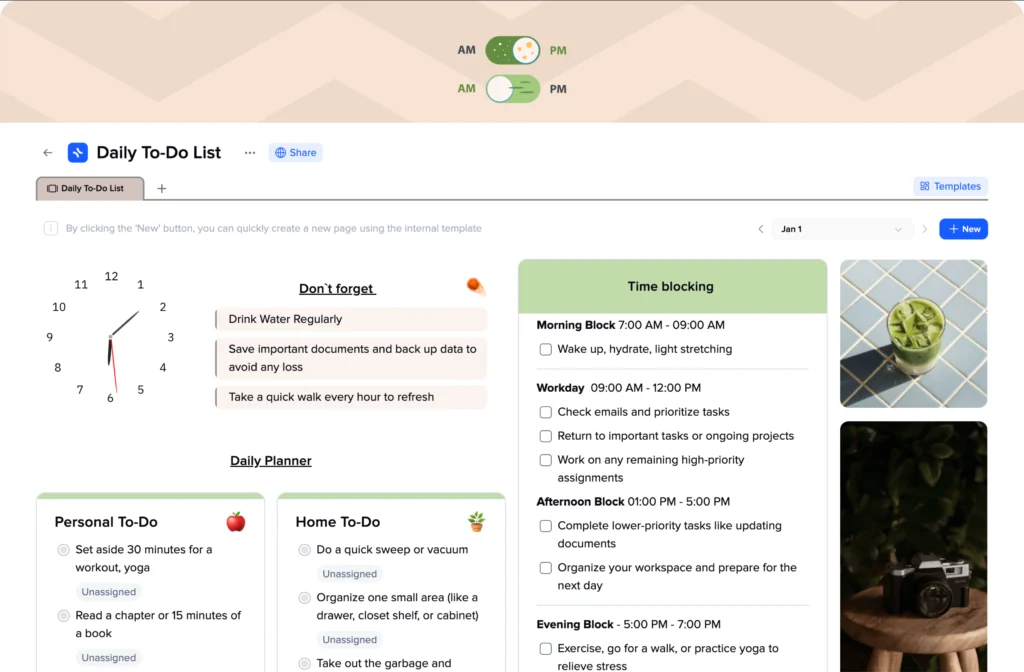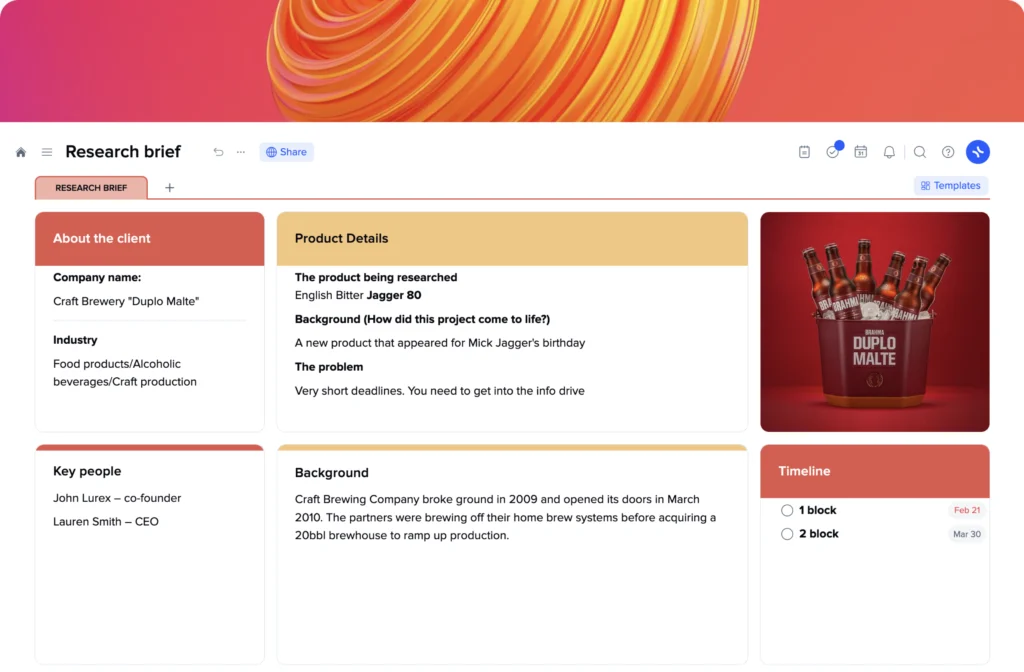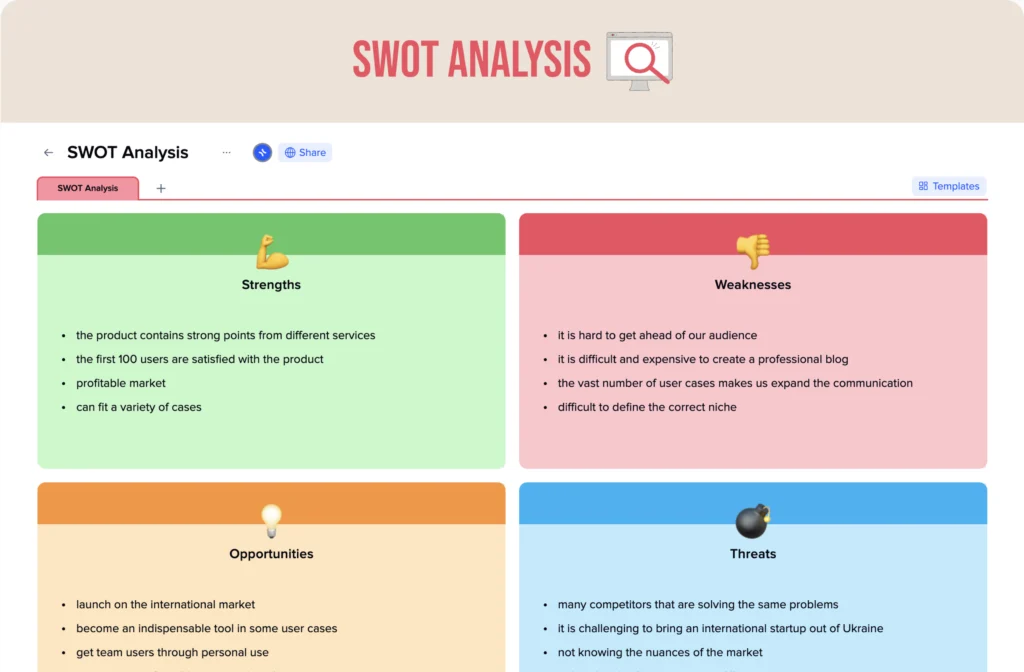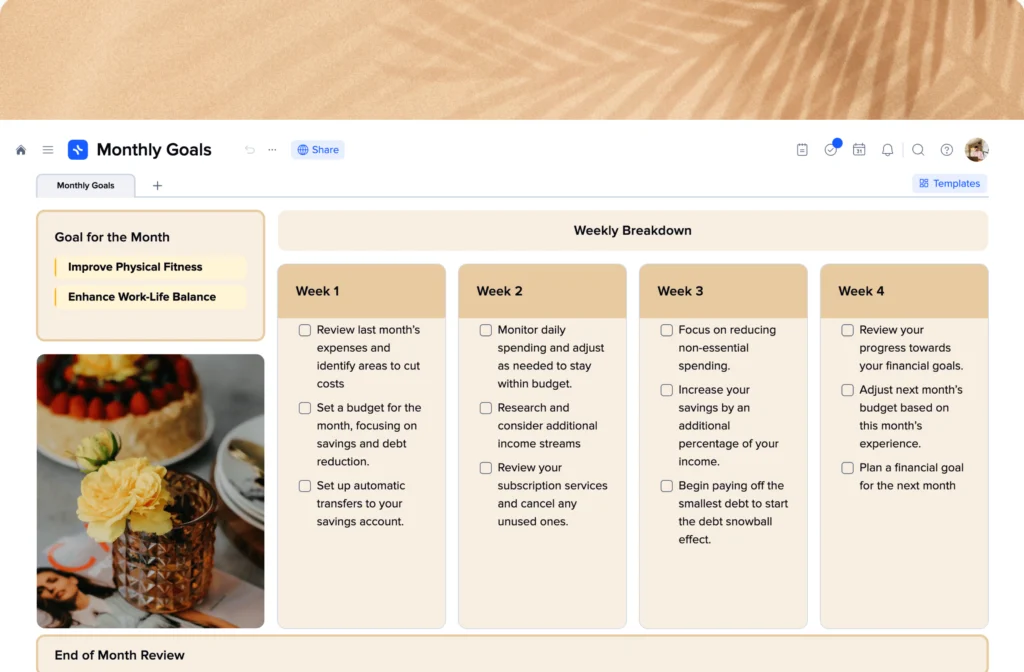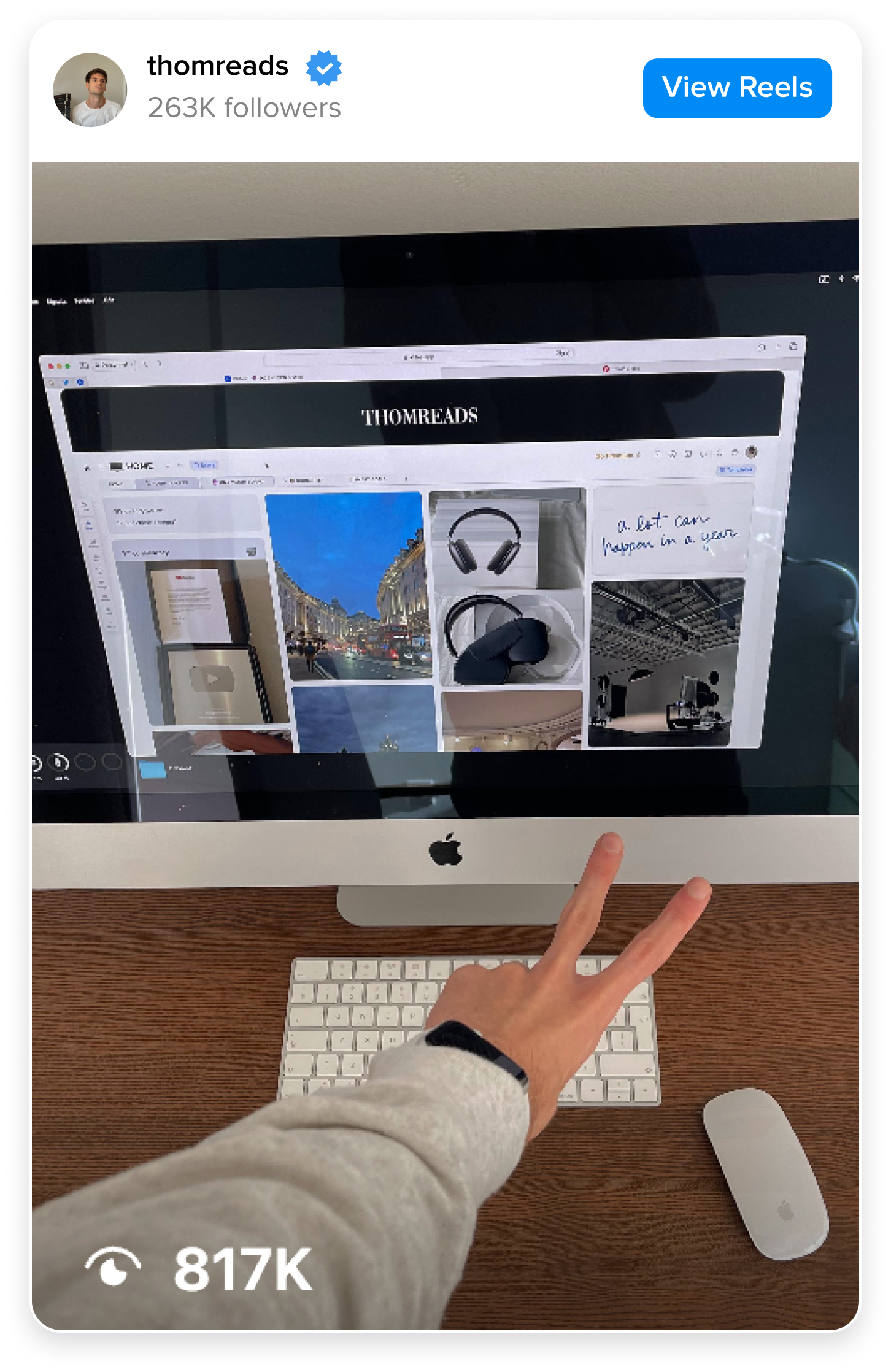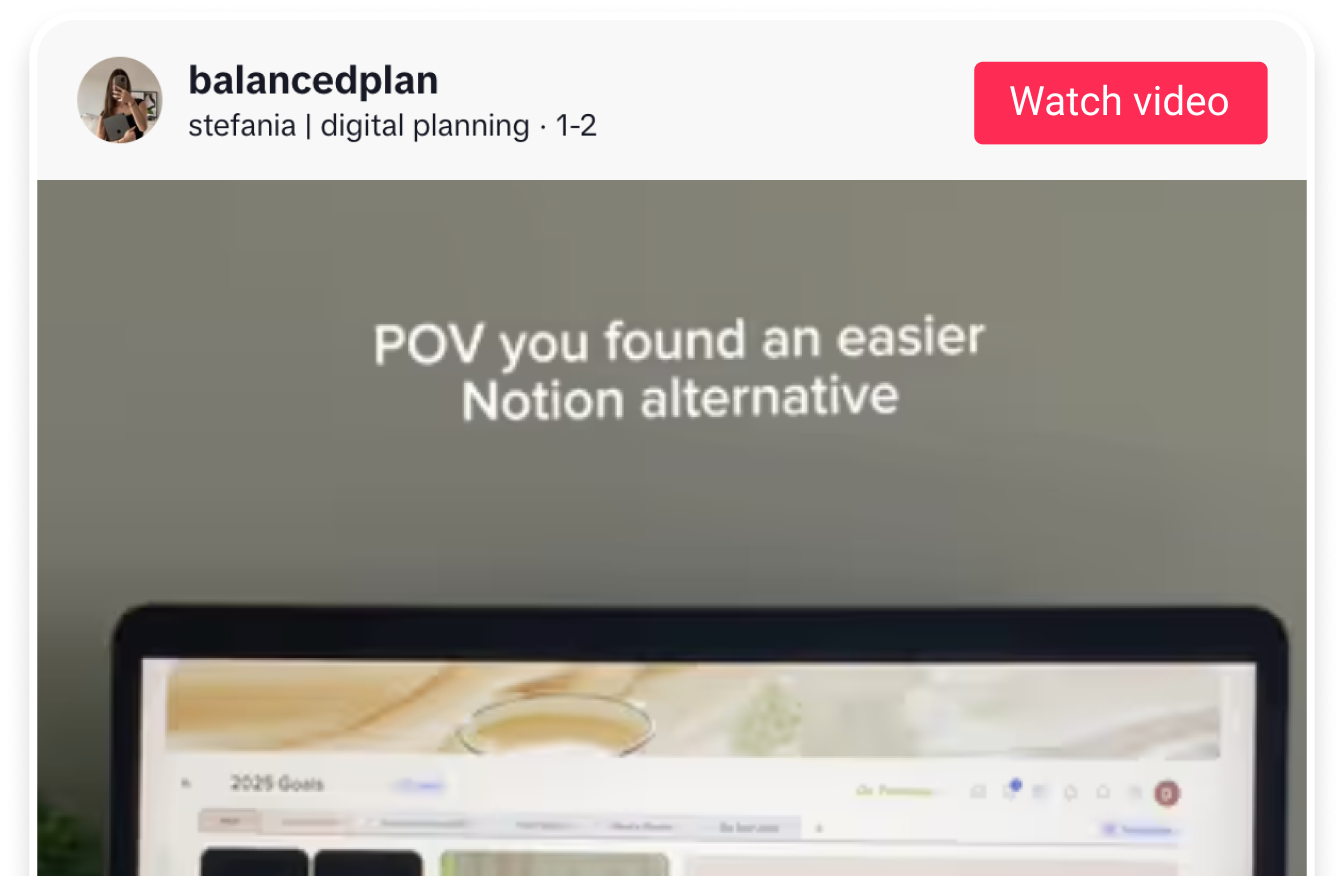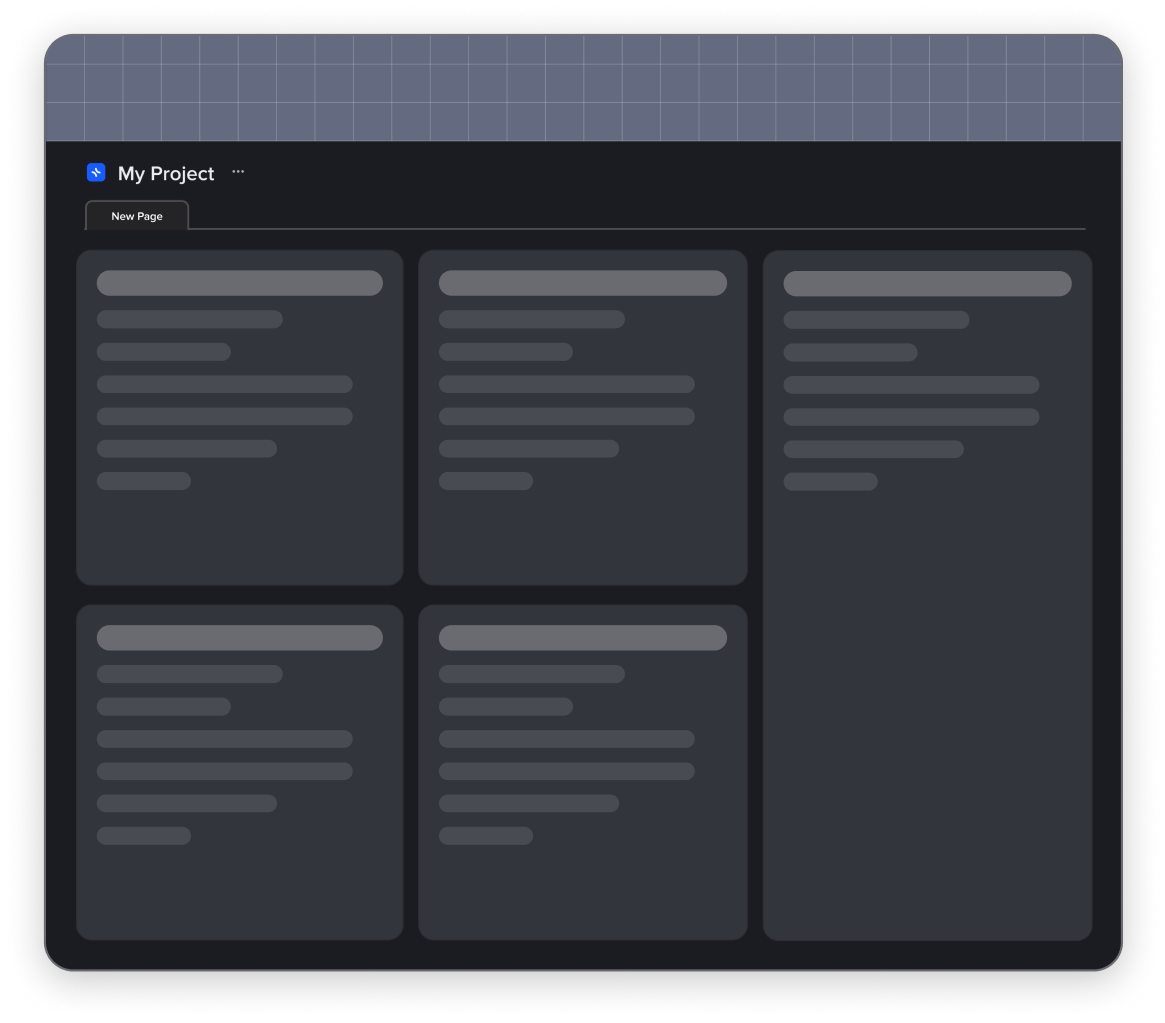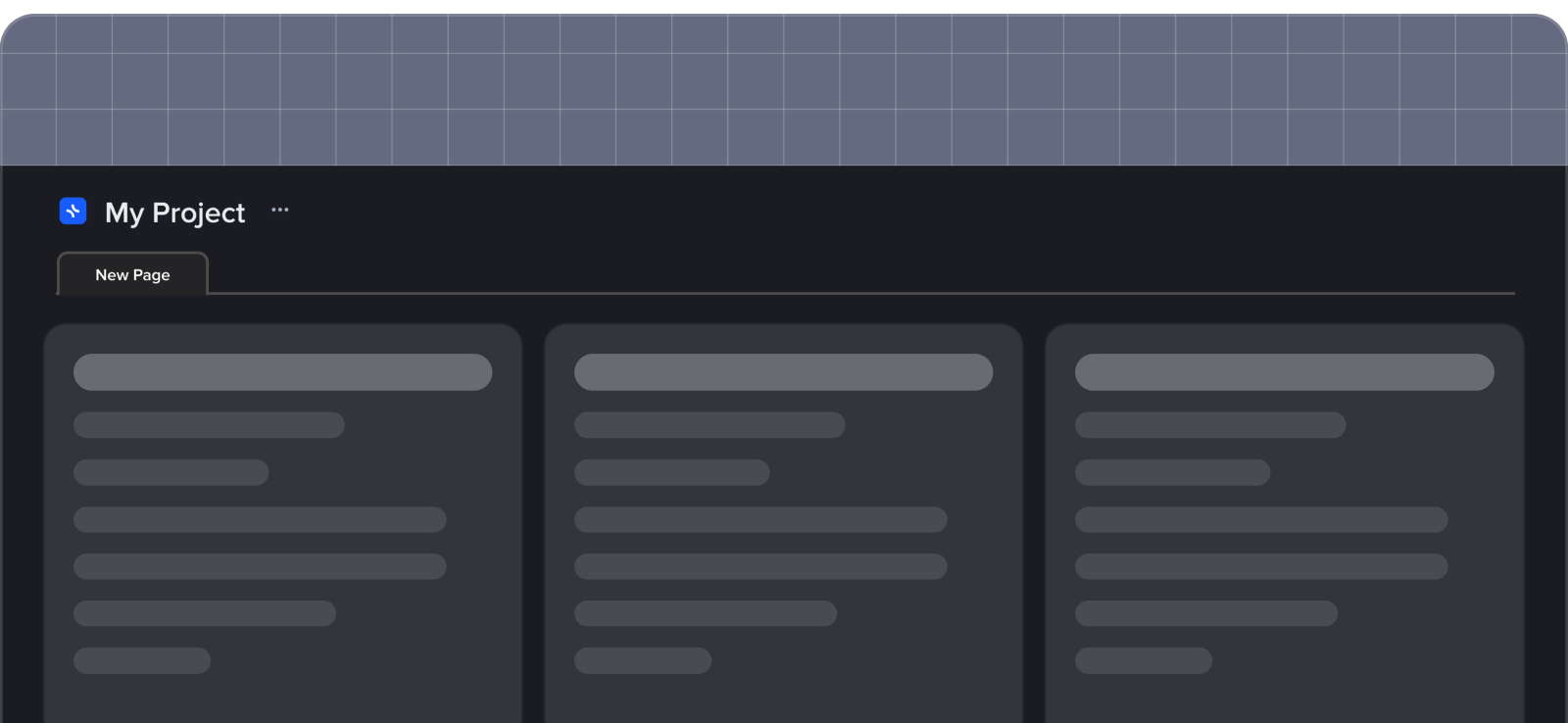How to Make a Productivity Planner?
Incorporating a productivity planner into your daily routine can unlock your full potential, achieve your goals, and lead a more fulfilling life. However, it’s important to remember that a productivity planner is a tool that works best when tailored to your specific needs and preferences. In other words, an incredible, best-in-the-world productivity plan that helped your colleague or friend to achieve their goals might turn out to be totally useless in your situation.
That’s why it’s crucial to experiment with different planning techniques at the beginning to find what resonates with you and adapt your planner to suit your unique style.
The xTiles Productivity Plan Template offers a framework for planning your next five weeks. However, you can easily customize it depending on the needed period of time and your visual preferences by adding content and/or embeds.
Here are a few important details to keep in mind if you want to create the best for your productivity plan:
Set Goals
Goal-setting helps to reflect upon your ideal life. They are the base to build your productivity planner on.
Make your goals or goal an integral part of your productivity planner, and let them guide you toward a more purposeful and productive life. They are waiting for you at the finish line of your productivity planner.
Setting and envisioning your goals is crucial for effective prioritization and achieving a sense of fulfillment. While we may desire to do everything all at once because there’s no time and we need the results yesterday, it’s essential to recognize the importance of prioritizing and dedicating time to the most significant aspects of our lives.
To set your goals successfully and efficiently for your productivity planner, consider including the following steps to guide you through the process of turning your goals into reality:
- Establish the importance:
Clearly articulate why a particular goal is essential to you. Be honest with yourself in answering this question. Understanding the significance behind your goals provides the motivation and drive needed to pursue them with enthusiasm and determination.
- Visualize the endpoint:
Think about what achieving your goal will look and feel like, what outcome it will bring you. Probably, like you’re on the top of the world. Many people believe that visualizing the victory makes our brain think that it has finished and there’s no need to do something anymore, while in reality, it motivates and helps us plan.
Paint a vivid picture in your mind of the desired outcome. This visualization helps clarify your objective and serves as a constant reminder of what you’re working toward.
- Break it down:
Define actionable and manageable steps that will lead you to accomplish your objective. Once again, be honest with yourself about your abilities and capacities at the moment. Otherwise, you might risk leading yourself to failure and despair because your plan doesn’t work, while it couldn’t work in the first place because it’s too far from the real picture.
Breaking down your goal into smaller, bite-sized tasks makes it more attainable and less overwhelming. Each step completed, even the tiniest one, brings you closer to your desired result.
- Identify resources and challenges:
Determine the resources you’ll need along the way. Compare them with the resources you have and/or can get. By acknowledging potential roadblocks in advance, you can ensure a smoother journey toward your goal.
You may consider using the quadrant view, such as the Eisenhower quadrant or SMART technique, to help you determine and prioritize your goals. They allow you to categorize your goals based on their importance and urgency, enabling you to focus on the most critical tasks first.
Embrace Flexibility
A productivity planner must be flexible to function as you require and help you adapt to changes quickly and effortlessly. On some days, you may only need a weekly overview to be productive, while on others, you may have to manage a million things going on non-stop and at the same moment. In this case, a daily layout to write them all down will be an intelligent solution to rescue you from chaos. If you’re stuck in this situation, you require a weekly and daily layout each week, while the monthly layout serves as a backlog to help you not miss something.
No two days are the sameThe last few years have taught everyone that things may shift quickly and dramatically overnight. Therefore, you require a planner to adapt to your changing needs to maximize productivity and save you from making everything from scratch once you need to edit your schedule.
You can find different categories of planners according to your needs in the xTiles Templates Gallery. It has daily, weekly, and monthly planners that have different features. You may combine a daily planner with a weekly planner to boost your performance, achieve creativity and reduce your stress level. Or you may combine them within one xTiles Productivity Planner Template.
Don’t Overwhelm Yourself
Tracking your time for a week is undeniably the easiest and most effective way to enhance your productivity. Without a clear understanding of how you spend your time, it’s challenging to accurately estimate task durations (which are often longer than anticipated).
Once you have tracked your time, the next step is time blocking, a powerful technique for planning and managing your time effectively. Time blocking involves dividing your day into specific blocks of time and allocating tasks or activities to each block. To begin, determine the optimal duration for your time blocks based on your ability to stay focused.
Once you have established the duration, decide what you will accomplish during each block. By tracking your time, you gain a realistic perspective on what can be achieved within each time block. This approach helps you maintain motivation and focus without becoming overwhelmed. You may highlight your blocks with different colors so it will be easier to recognize them.
Remember, tracking your time provides invaluable insights into your productivity and allows you to make more informed decisions about allocating your time effectively. When combined with time blocking, it becomes a powerful strategy for optimizing your productivity and achieving your goals.

